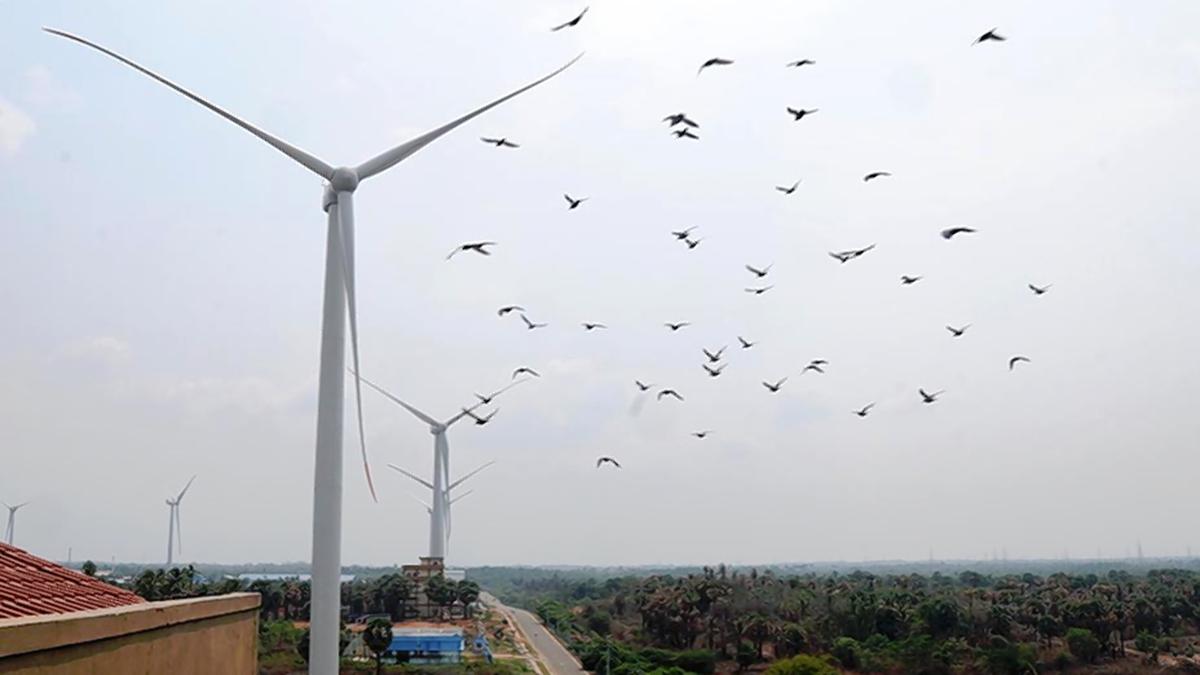
Balancing risk perceptions in transition to a responsible renewable-energy system Premium
The Hindu
Financial actors play a crucial role in shaping India's renewable energy sector, despite ongoing World Bank support and perceived risks.
As providers of funding and investment capital, financial actors are key to the energy value chain. Through their capital allocation and investment decisions not only do they enable India’s energy system transition to take place, but they also have the power to shape the renewable value chain as it develops to scale, shepherding system actors towards ecologically- and socially-responsible practices and processes.
Despite the record fund flow into renewables (according to estimates by the Ministry of Power, investment in India’s renewable-energy projects is expected to increase by a record 83% this year to reach ₹1,37,500 crore from ₹74,250 crore in 2023), India still receives World Bank support to accelerate development of its renewables sector.
On top of the existing ₹2,48,63 crore in lending support for solar park, roof-top and solar installation expansion, last year India received ₹1,243.9 crore in financing for low-carbon energy development and ₹1,657 crore for power-sector reforms in Himachal Pradesh.
Continued World Bank support indicates multilateral and development financing still play an important role in the country’s energy transition, and that the renewable sector has yet to develop to the point where private financing can adequately meet the funding needs of this fast-growing sector. This is irrespective of the immense opportunities it presents within the world’s fastest-growing economy, where renewable energy capacity addition is also the fastest in the world. Multilateral and developmental finance primarily serve as catalytic capital rather than direct investors in the energy transition. Their involvement is aimed at providing oversight, enhancing project credibility, and mitigating risks, thus creating an environment where private capital feels confident enough to participate and contribute significantly.
This signals risk perceptions of the renewable sector remain elevated enough to prevent private finance from crowding in. Financiers and investors are still concerned with the bankability of projects where upfront costs are high and funding decisions continue to be based mostly on project economics and market return expectations. Perceived risks may include the unpredictability of the project completion given the requirement of regulatory approval; the heterogeneous nature of the renewable sector with different technologies and supply chains specific to each energy source, some of which may be complex; and, the pace of development of the sector, where the knowledge of financiers may not keep pace, hindering their ability to accurately value projects.
Such concerns are valid but fail to acknowledge that these risks are reduced as the sector develops. At a systemic level, there are also significant benefits that can be derived from the pace and quality of transition, and equally significant costs from inaction, a slow transition, or one that creates negative externalities in the value chain. For example, there have been several studies that estimate India’s economic and social costs of climate-related damages from inaction could reach ₹2,90,226 crore over the next 50 years, with much of the impact felt by the health and agricultural sectors.
These costs may be borne by some or all system actors; they may be indirect, intangible, or difficult to quantify but should be given due consideration, if not priced in, if investment decisions are to be based on true cost-benefit analysis. Emergent risks could amplify this and must also be factored in. We are living in the Anthropocene, in an era of expected cascading impacts from climate change. Even if these are considered tail risks, because of their precipitous nature and the possibility of catalysing further losses, it would be foolhardy to downplay their potential effect.











